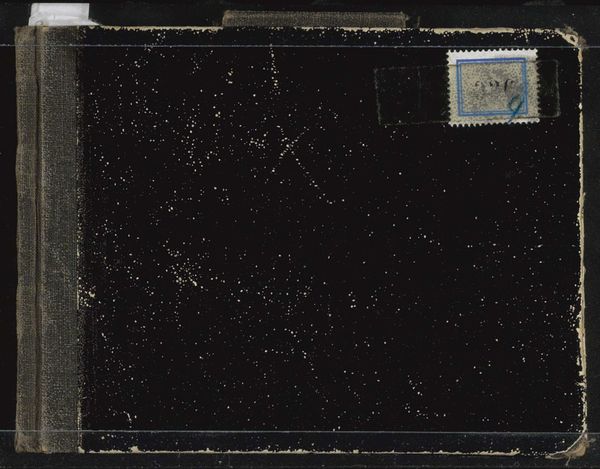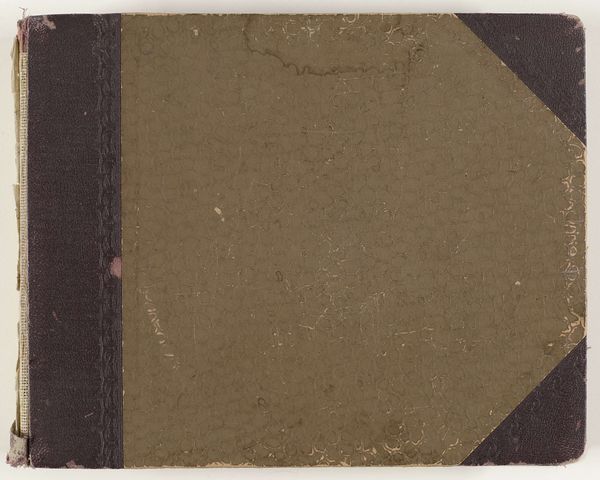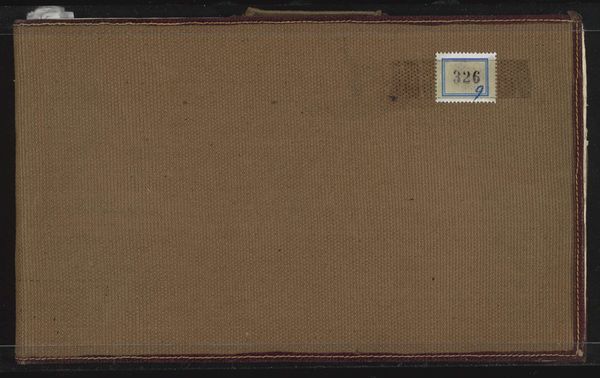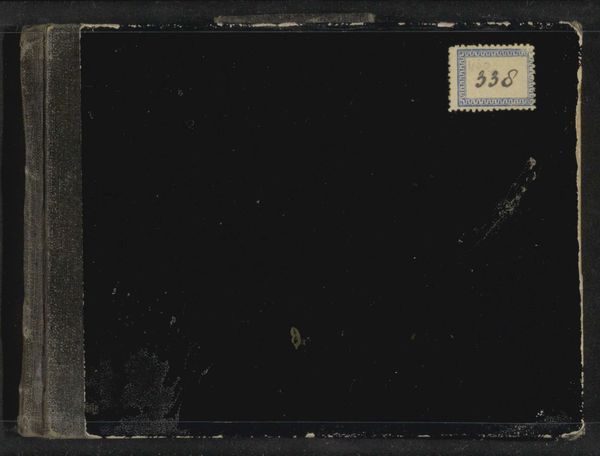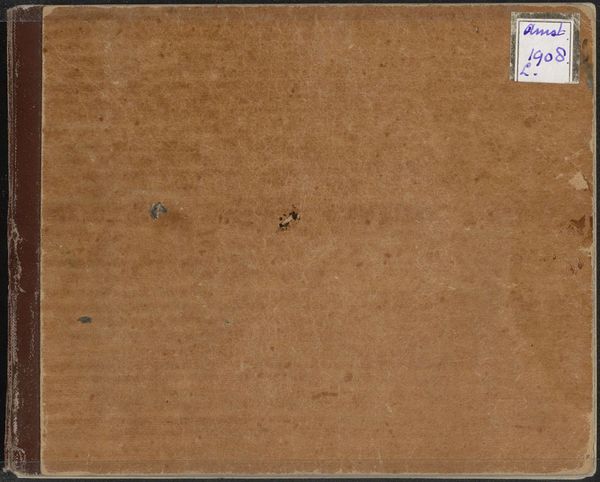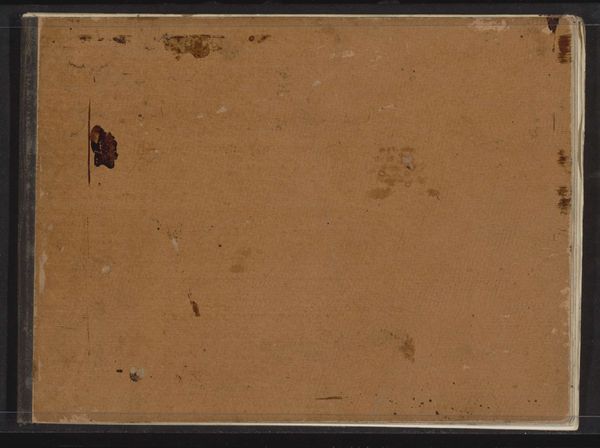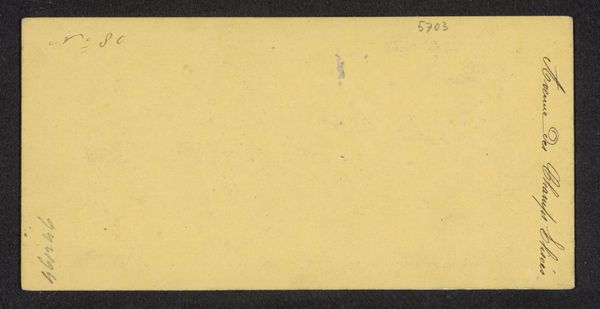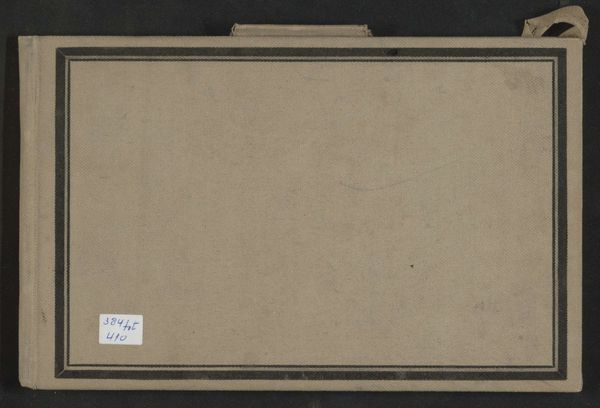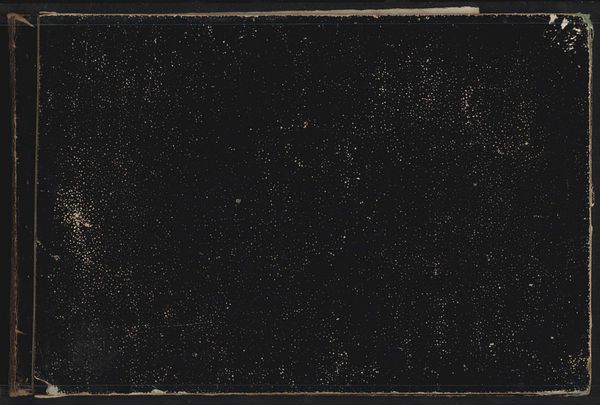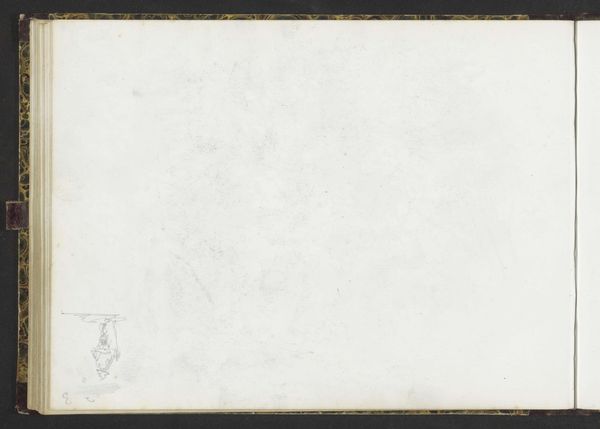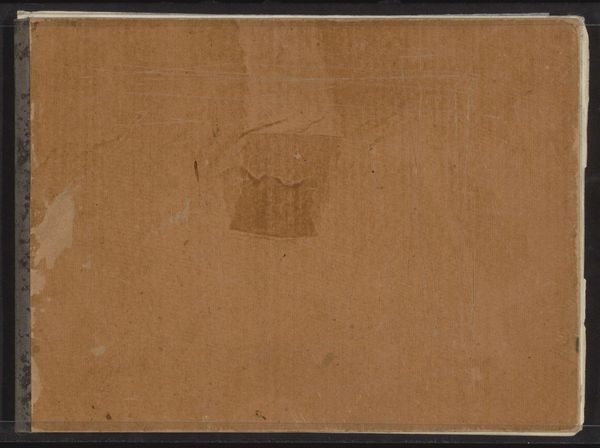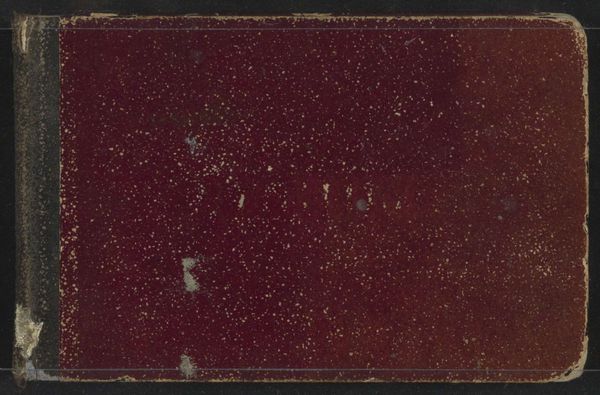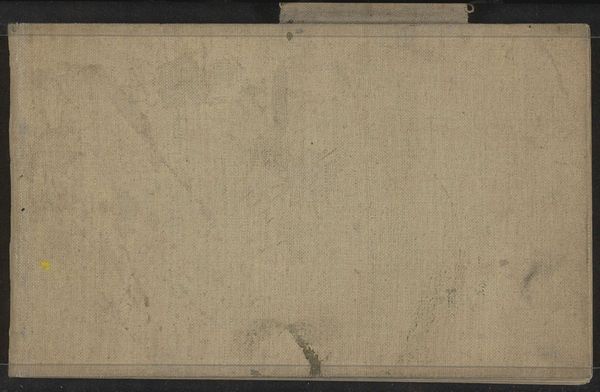
drawing, paper, graphite
#
drawing
#
paper
#
intimism
#
graphite
Dimensions: height 127 mm, width 171 mm, thickness 12 mm, width 344 mm
Copyright: Rijks Museum: Open Domain
Curator: Immediately, the cover seems to whisper untold stories, doesn’t it? The scratches and faded label hint at a life lived, ideas recorded, now carefully kept. Editor: Precisely. This is Anton Mauve's sketch book with 31 sheets dating from around 1848 to 1888, currently residing at the Rijksmuseum. Mauve primarily worked with graphite on paper to capture his world in drawings. Curator: Graphite grants the freedom for capturing ephemeral moments, ideas quickly dashed out, maybe landscapes that struck him during his strolls around The Hague? I'm struck by the sheer physicality of this object; a quiet protest to grander oil paintings, it invites intimacy through revealing the artist’s initial explorations, his most raw inspirations. The theme of intimism comes to mind... Editor: That sense of intimacy is carefully built through structure, of course. Look at the way the artist allows us into his process with such an exposed material. The texture and tonal range achieved with such simple tools highlight the core structures that generate his more celebrated works. Do we lose something vital without accessing those building blocks? Semiotics may see his recurring symbolic notations, but are they not mere entries in a record without the foundation this book provides? Curator: I understand your point, though, the drawings in that sketchbook are often connected to broader social realities of the time, no? These might be notes or preliminary studies related to his other works and may echo with wider questions of national identity in Dutch art—his place within his changing landscapes, particularly in contrast with burgeoning urbanization that altered the landscape and shifted agrarian life—it reflects a search for cultural permanence at a turbulent era for many artists like Mauve. Editor: Of course. But in a world inundated with digital ephemera, there’s something compelling in the physical archive; that each page turn signifies temporal and intellectual movement for the artist, rather than the disembodied gesture on screen. Curator: Very true, holding this small volume opens the potential to have an immersive exchange, with Mauve, certainly, but his setting, his cultural influences as well. A true document of the creative, and a valuable cultural witness too. Editor: I concede, seeing how an intimate look and dedicated observation on elemental forms generates further interpretation through contextual placement opens wider doors.
Comments
No comments
Be the first to comment and join the conversation on the ultimate creative platform.
